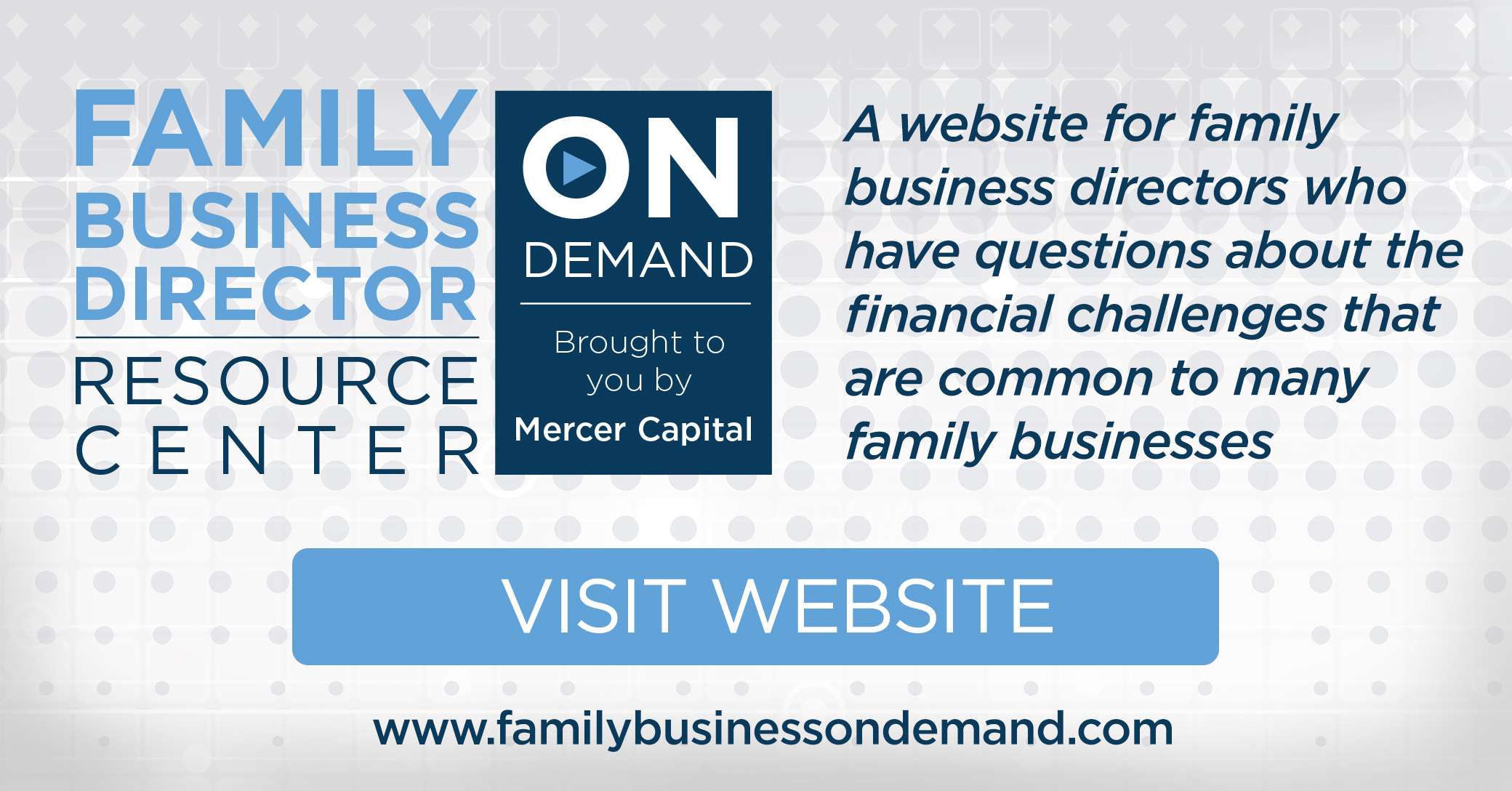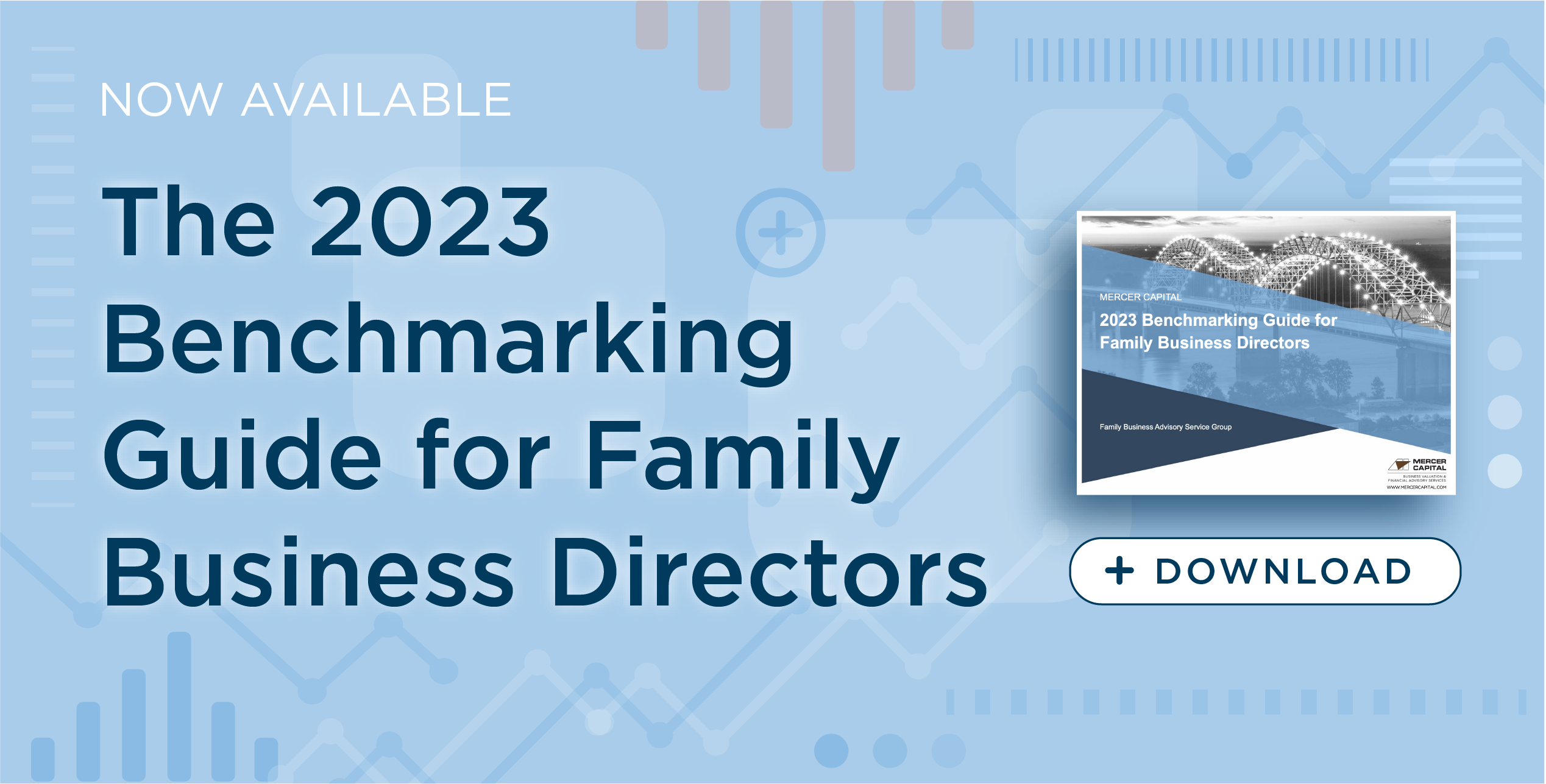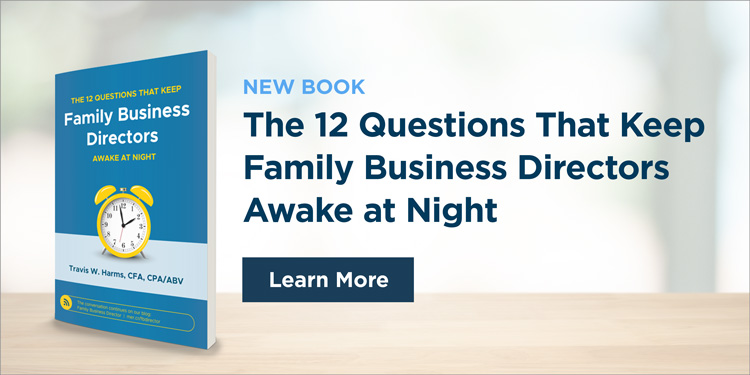As family businesses look into capital projects, they often utilize quantitative corporate finance tools, including net present value analysis, internal rate of return, and other traditional analyses. While these tools are informative when evaluating the feasibility of various capital projects, they are not quite as helpful in determining “what” and “how” to decide for your family business.
Before deciding on a capital project, family business directors must determine if the project is a more suitable use of family capital than alternative projects.
Knowing what your family business means can give you a leg up in evaluating these questions effectively and making the most appropriate capital budgeting decisions for your family business.













